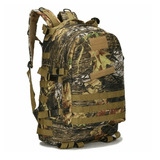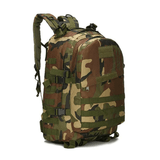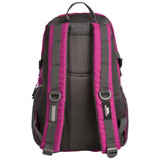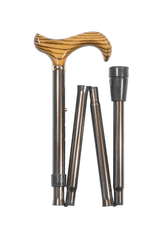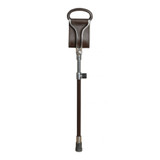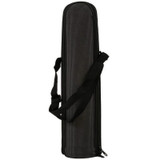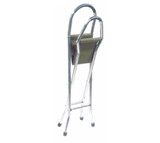Discover the Whitby Gear 8x21 Compact Binocular – your perfect companion for bird-watching, plane spotting, and outdoor adventures. These small binoculars feature multi-coated optics that deliver superior light transmission and vibrant, long-distance views. Whether you're enjoying nature or following sporting action, this compact binocular’s patented Porro prisms create crisp, clear images.
With a centrally positioned focus knob for one-finger adjustments and a rugged, non-slip rubber body for a secure grip, the Whitby Gear 8x21 Compact Binocular is engineered for both performance and portability. Its impressive 8x21mm magnification, FMC lens coating, 101m/1000m field of view, and lightweight 165g design ensure you never miss a moment.
Key features at a glance:
- Magnification: 8 x 21mm [More info]
- Prism: Roof (K9) [More info]
- Lens Coating: FMC [More info]
- Field of View: 101m/1000m [More info]
- Exit Pupil: 2.6mm [More info]
- Eye Relief: 10mm [More info]
- Close Focus: 5m [More info]
Size: 10 x 7 x 4cm
Weight: 165g
Colour: Black
Elevate your viewing experience with these compact binoculars—designed to capture every detail wherever your adventure leads.





